In recent decades, humanity has become increasingly aware of the need to change its consumer habits and behavior to preserve the environment.
The rise of sustainable fashion is not just a fashion phenomenon, it is a new stage in the evolution of the fashion industry, which is intended to not only change the way we look at clothing, but also contribute to the sustainable development of the planet.
Table of Contents
What is ethical fashion and why it is important?
Ethical fashion encompasses the entire lifecycle of clothing production, aiming to minimize harm to both people and the environment. Ideally, it advocates for improved working conditions throughout the supply chain and seeks to foster a positive future for all involved, not just those in leadership positions.
Central to ethical fashion is the consideration of material use in clothing production. This approach prioritizes the rights of workers in the production process, the welfare of animals used for materials, and the environmental footprint of clothing creation.

The significance of sustainable fashion is steadily growing in contemporary society, representing not merely a passing trend but a crucial stride towards more conscientious consumption. This ethos mitigates environmental harm by utilizing organic materials and promoting waste recycling.
Ethical fashion ensures equitable working conditions for all laborers, encompassing fair wages and safe work environments. Moreover, it spurs the exploration of innovative approaches to clothing design and production, driving creativity and advancement within the fashion industry.
Shopping Sustainably
In a world where consumption is becoming more central to our culture, it’s important to look at the sustainability of our purchases. This approach is not only about choosing goods and services that meet our needs but also about their impact on the environment, society and our well-being.
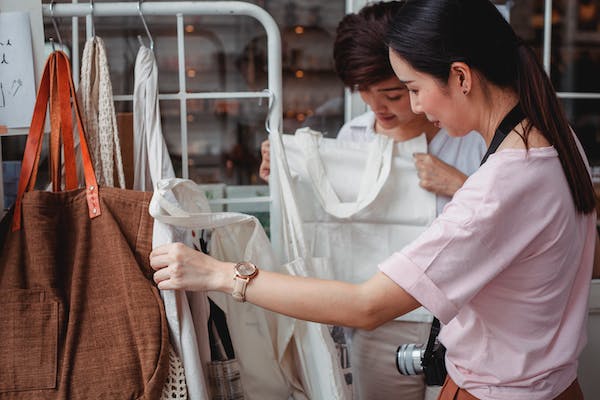
Sustainable shopping requires an informed approach and responsible decision-making. Before making a purchase, you must carefully assess your needs and capabilities. Considering alternative options allows you to choose products that are more durable and of higher quality, which helps reduce resource consumption and waste.
It is also important to consider the environmental impact of the production and delivery of a product. By choosing environmentally friendly and energy-efficient options, we help conserve natural resources and reduce our carbon footprint.
Take care of your clothing to extend its lifespan
Clothes are not only a way to express your style, but also an investment in your wardrobe. Following the care instructions for your clothing will help extend the life of your clothing.
First, each item should have a care label, which may include washing, ironing, drying and dry cleaning instructions. This will help prevent fabric damage or color loss.
Regular washing and cleaning will help remove stains and odors, keeping clothes fresh. Use suitable washing and cleaning products, taking into account the characteristics of each type of fabric.
Store clothes on hangers in a cool, dry, dark place to prevent fading and mildew. Proper ironing is also important to maintain the shape and appearance of your clothes.
If wear or damage occurs, don’t hesitate to have your clothing repaired or altered to extend its life. Taking care of your wardrobe will help you maintain the style and quality of your clothes for years to come.
Capsule wardrobe
The terms “capsule wardrobe” and “sustainability” complement each other perfectly, as if they were designed to go hand in hand. This combination can be described as creating a wardrobe with a minimum number of essential eco-friendly clothing items. The result is savings in time, space, money and natural resources.
Creating a capsule wardrobe provides several benefits. Firstly, it saves time: choosing clothes becomes quick and convenient thanks to the availability of only suitable items. Secondly, spending your money wisely helps you invest in quality clothing. The third benefit is supporting environmental sustainability: avoiding throwaway fashion trends reduces waste.
It is important to choose quality sustainable materials and cut to ensure that your clothes remain in excellent condition for a long time. Include basic pieces in your wardrobe that can serve as the basis for a variety of looks. Use clothing in a variety of ways, experimenting with combinations and styles. Opt for neutral colors that will be easy to match and stay relevant over time.
5Rs in a daily wardrobe management
Fashion is one of the industries that has a significant impact on the environment. From the extraction of raw materials to the disposal of clothing, the manufacturing process can cause serious harm to the planet through carbon emissions, water pollution and waste generation.
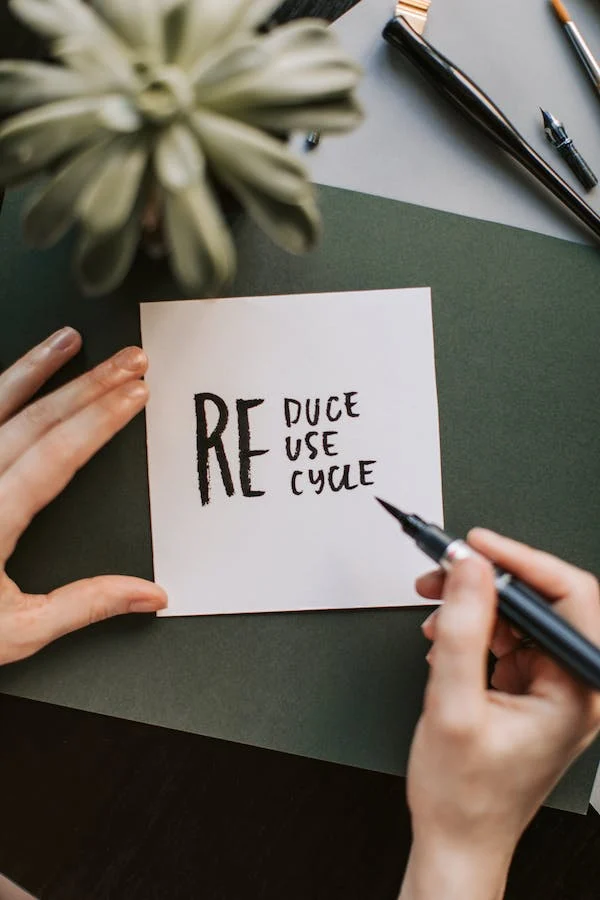
However, there are ways to reduce the fashion industry’s negative impact on the environment. One of the most effective approaches is to apply the 5R principles.
Reduce
It is entirely possible to have a fashionable look for less. A great way to do this is to invest in a capsule wardrobe. This means reducing the amount of clothing we consume and produce. Choose quality items that will last longer. They must be made from environmentally friendly materials. This approach saves money, the planet, space and time.
Recycle
If your clothing items are no longer usable, don’t rush to get rid of them. Recycling clothing and textiles into new materials reduces waste and reduces the consumption of new resources. The concept of sustainable fashion emphasizes the importance of giving a second life to old items.
Repair
Before deciding to dispose of damaged items, it is worth considering the possibility of repairing or restoring them. This may involve replacing a loose button, stitching up a minor tear, or taking it to a tailor for a professional repair. This way can extend clothes service life and save money that could have been spent on a new purchase.
Reuse
It stands as a fundamental principle in sustainable fashion, advocating for the repurposing of old garments instead of discarding them. Embrace creativity by transforming outdated items into fresh designs.
Resell
Such approach involves the sale of pre-owned clothing and accessories to prolong their lifespan and minimize environmental impact. It encourages ethical consumption by curbing waste, valuing quality and durability, fostering community bonds, and offering financial advantages. Ultimately, this practice supports the circular economy and fosters a more sustainable fashion sector.
The evolution of sustainable fashion reflects society’s growing commitment to eco-friendly lifestyles and consumption habits. This shift is integral to the fashion industry, necessitating accountability from both brands and consumers. Sustainable fashion transcends being a mere trend; it represents a significant stride towards a fairer and healthier world for all.
For more information on sustainable fashion, please visit our website
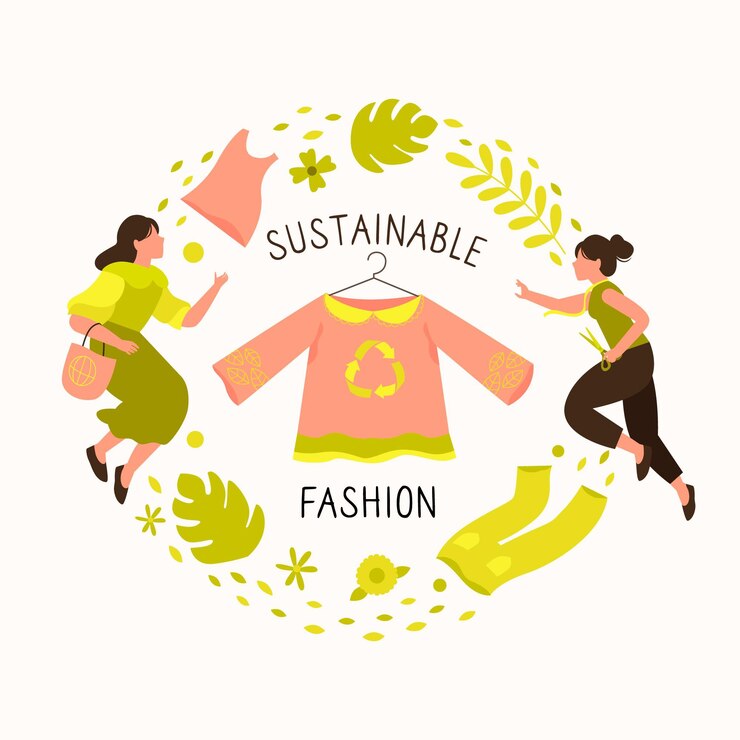

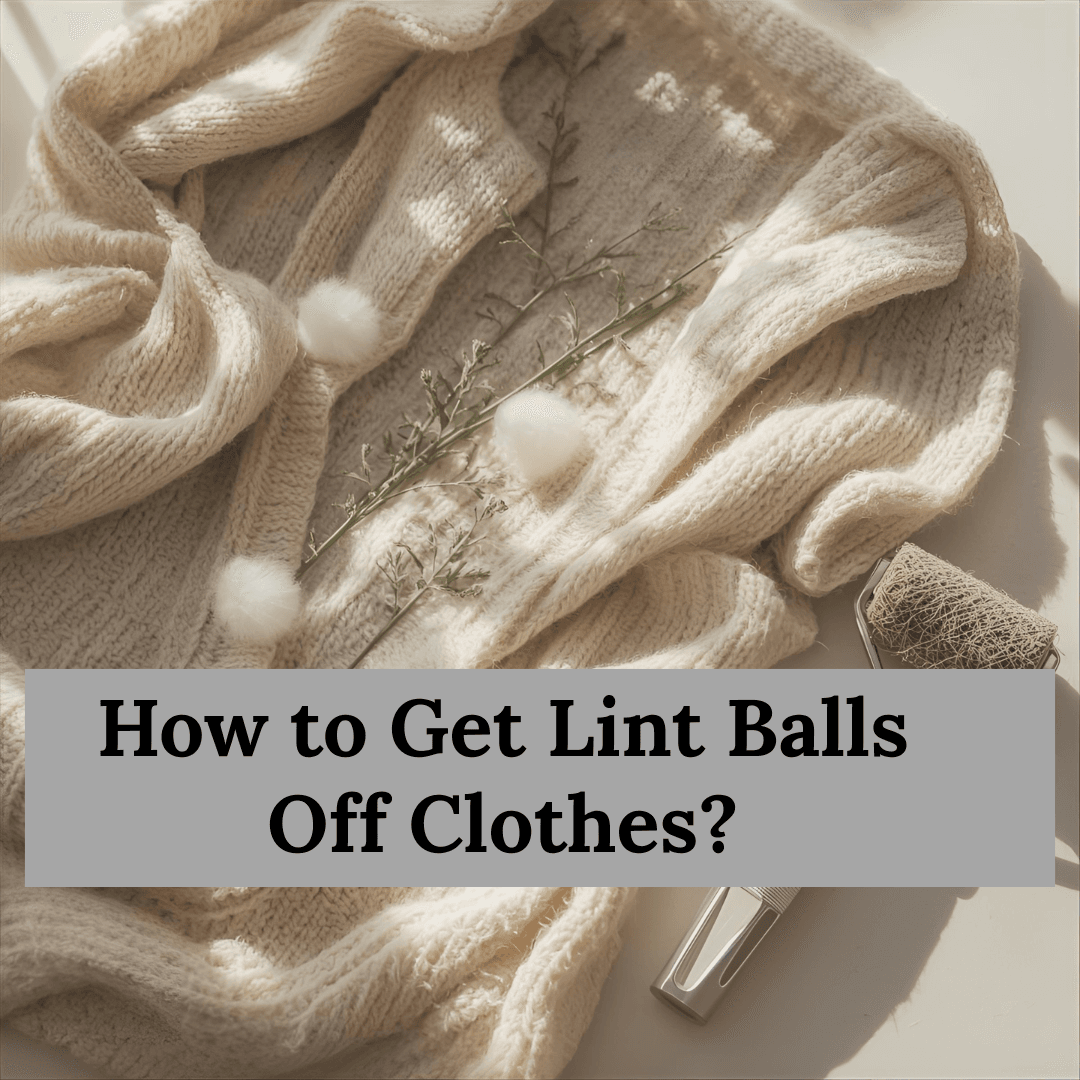
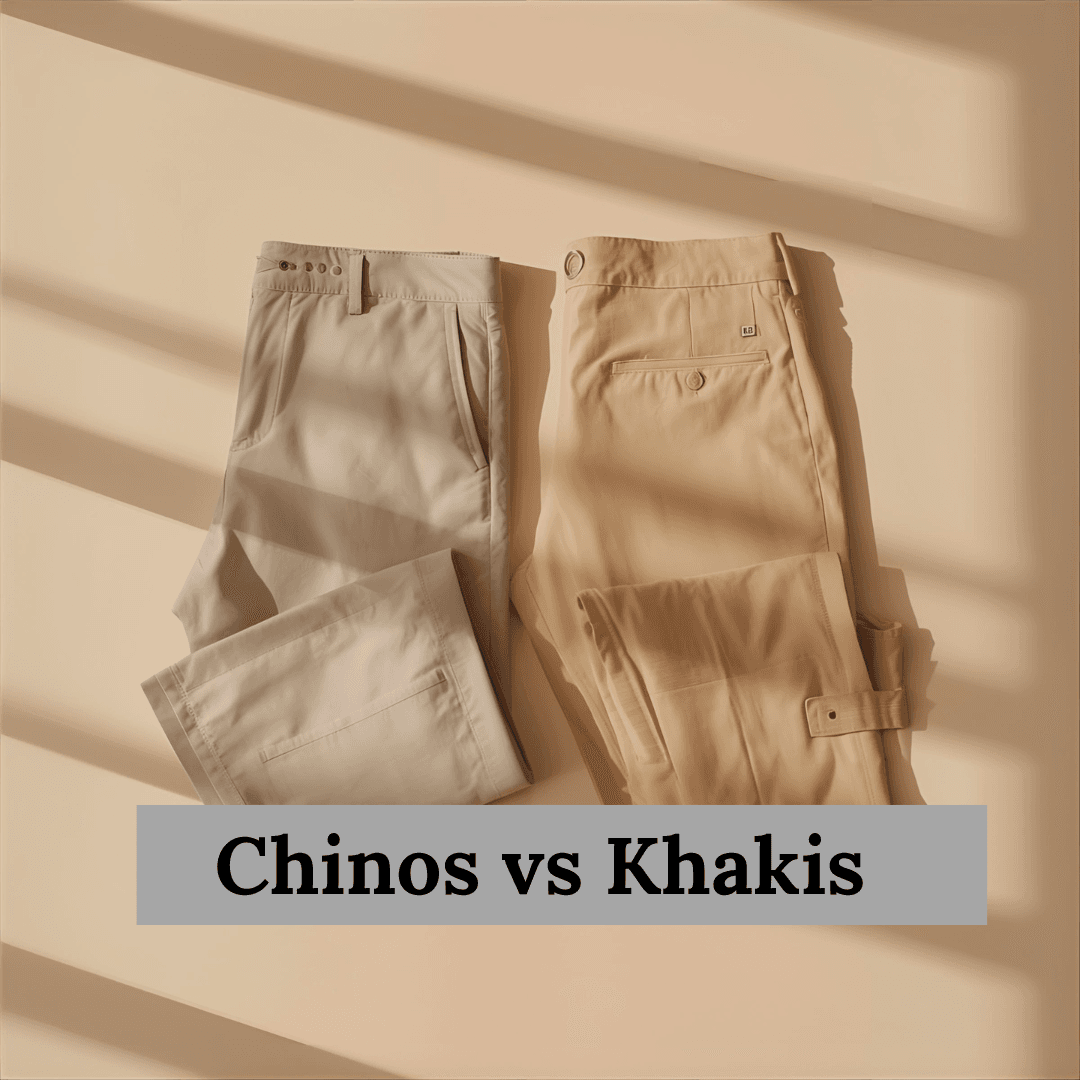




Leave a Reply